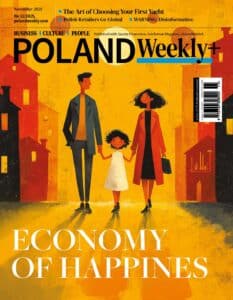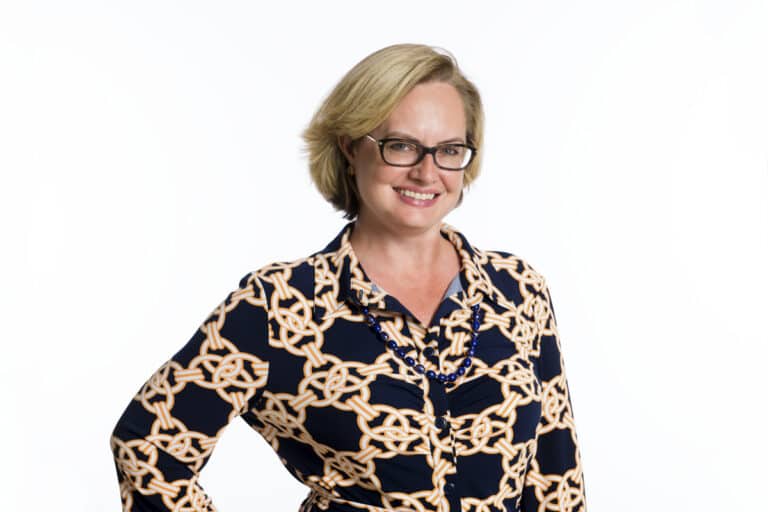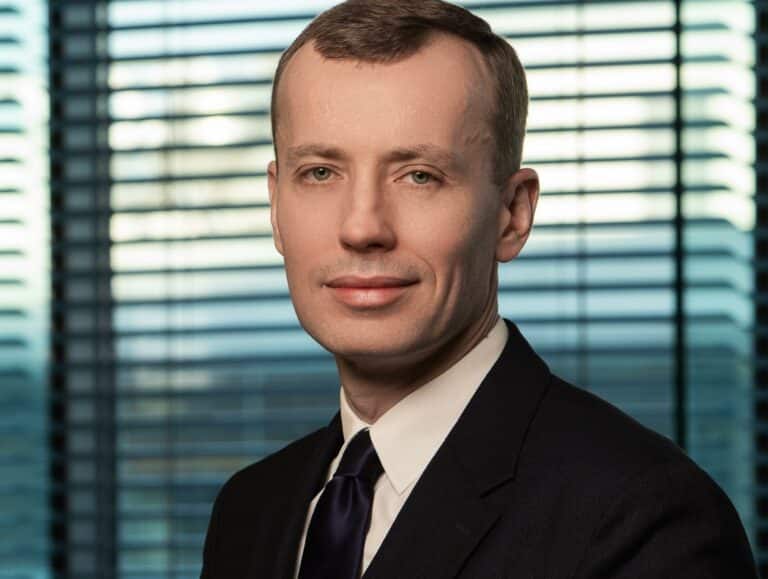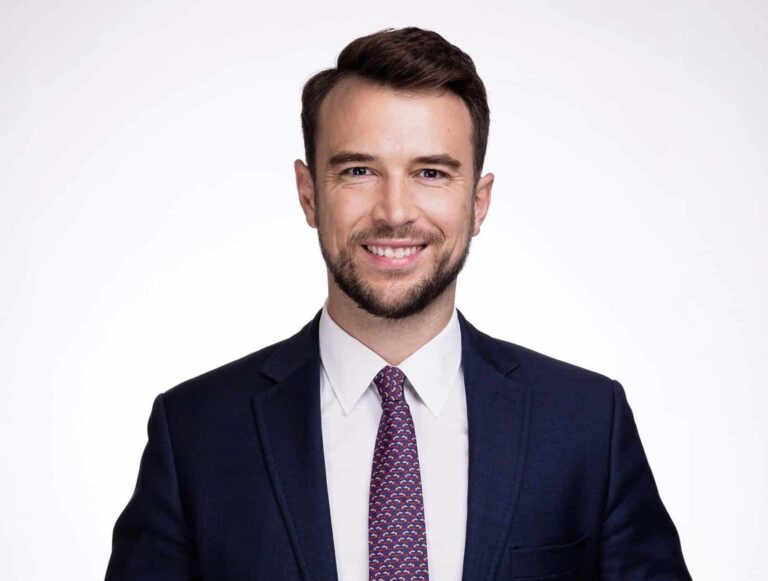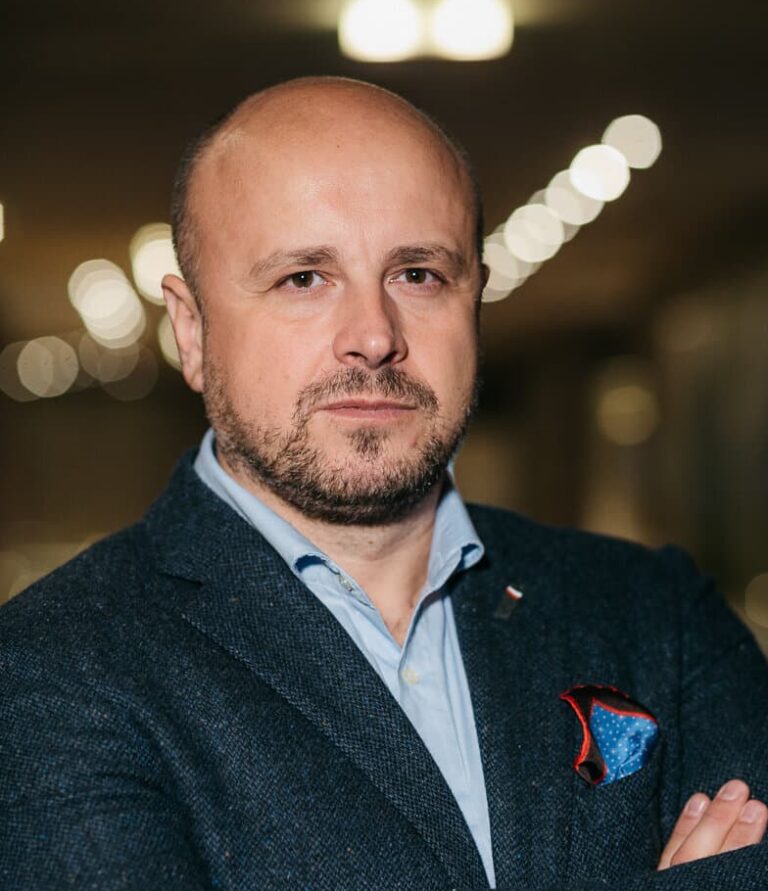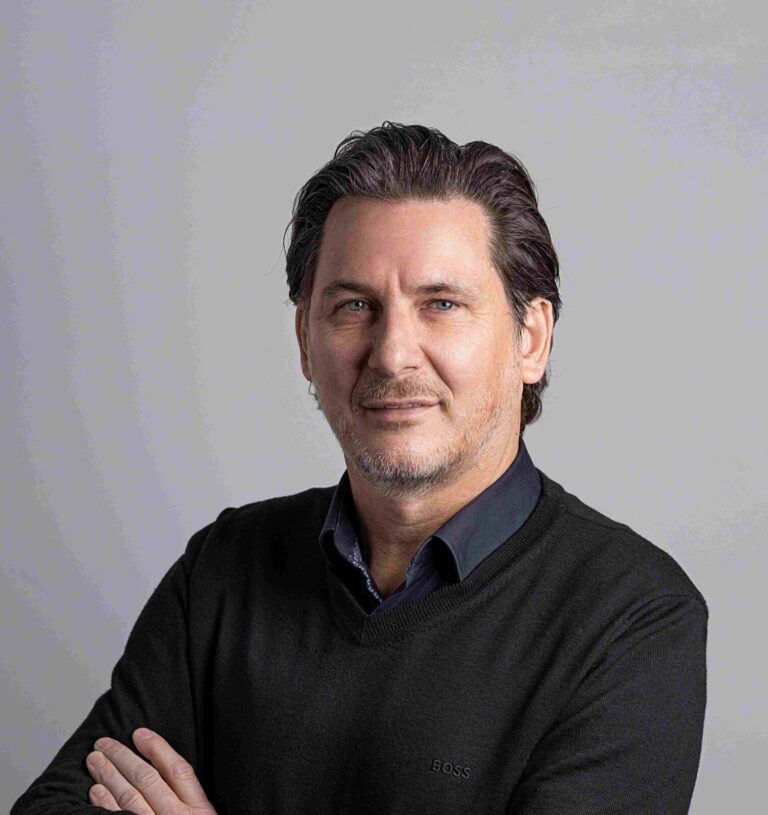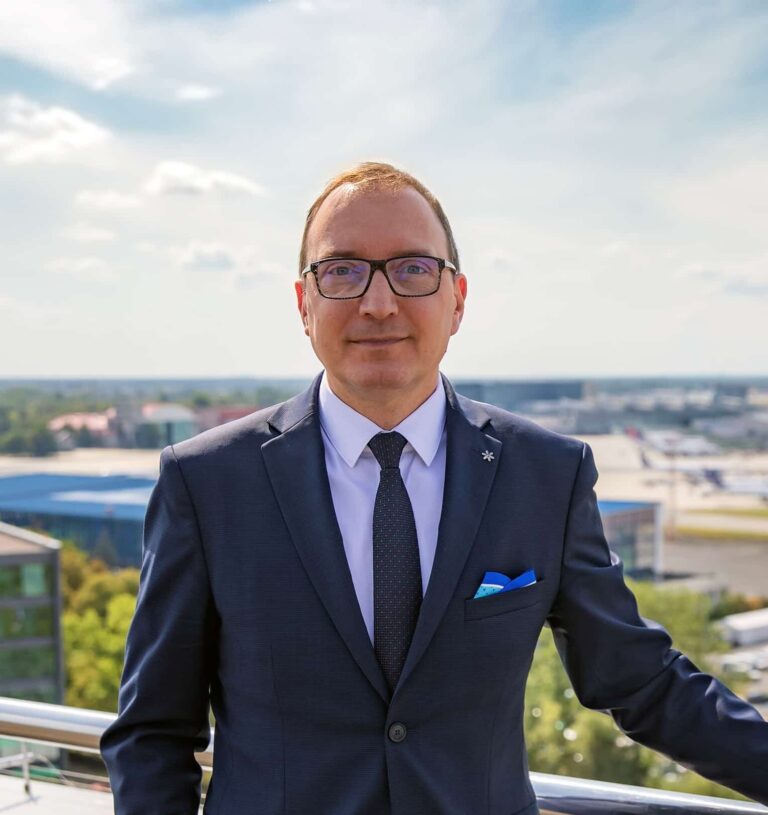Codec Master: Ewa Karczewicz
These days, everyone is familiar with all kinds of video streaming, like films, meetings, conferences, and pay-per-view services, all of which require fast data transfer. Yet, practically nobody knows that we owe today’s perfect quality of sound and vision to a Polish scientist, Marta Karczewicz, Ph.D., holder of over 700 patents worldwide, including 500 in the US and 130 in Europe, mostly in video compression, worth a total of over USD 1 billion. This “billionaire scientist,” ranked as the No. 1 female inventor in the world, has revolutionized 21st-century video technology, and her solutions drive most online video platforms.
She was born in Poland in 1970. Her mother was a physician and her father a mechanical engineer. In secondary school in 1989, she won a prestigious Polish national math competition, the so-called Math Olympics, and later studied at Szczecin University of Technology. Thanks to Nokia’s scholarship, she moved to Tampere University of Technology in Finland to research sound and vision processing with data compression, which she completed with a doctoral degree. Early in her career, she realized that video was the future. During her subsequent 10-year tenure at Nokia, she developed key components of the so-called codecs—algorithms or programs in Advanced Video Coding (AVC) technology—used to compress (code) and decompress (decode) videos, hence the name “codec,” which is an acronym for “coder-decoder.” In simple terms, codecs accelerate streaming by analyzing similarities between subsequent video frames and removing redundant or repeated data.
In 2006, she continued her work on codecs at Qualcomm, an IT and wireless communications company established in San Diego in 1985 that now employs over 40,000 people worldwide and specializes in chipsets and software for 4G and 5G technologies. She is the Vice President for Technology and leads an R&D team of a few dozen engineers and specialists in multimedia, including machine-to-machine communication, as nowadays most video data is not streamed between humans but between devices, like cameras in buildings, airports, or streets. Video transmission consists of 24 to 120 frames (up to 2 million pixels each) per second, and streaming such an amount of data would not be possible without codecs, which are at the core of all everyday tech devices.
At present, Marta Karczewicz’s team works on annexes to the existing codecs to adjust data compression to entirely new solutions, like VR goggles and Multi-View Video. Thanks to their achievements, the network capacity necessary to transmit MPEG-2 files has been reduced to 15%, and videos can be compressed 100 to 1,000 times their original sizes, without which we would not be able to watch television, applications, and games. Streaming is becoming increasingly useful in business, industry, and medicine, so they are also developing technologies to improve the compression of images containing many graphics, like slide presentations and screen sharing on Teams or Zoom. So far, Qualcomm has developed more advanced coding standards, like High Efficiency Video Coding (HEVC), a successor to AVC that enables faster streaming on mobile devices, and the most recent Versatile Video Coding (VVC), introduced in the second half of 2024.
Marta Karczewicz says that while she was growing up in Poland, interest in mathematics and science was quite evenly split between boys and girls, but when she won the Math Olympics in 1989, she was the only girl among the ten finalists. Surprisingly, this rate has remained stable to this day, as all her work environments are 90% male, and she is often the only woman in the room. She attributes her success to persistence and questioning assumptions. Even at school, she found herself challenging the accuracy of textbooks and academic papers. “Basically, I have kind of a nature that I pretty much question everything,” she confessed. In 2012, she was one of three recipients of the Qualcomm IP Excellence Award, and in 2019, she was nominated as one of three finalists for the European Inventor Award, granted by the European Patent Office (EPO), in the prestigious Lifetime Achievement category. In 2024, she served on the EPO’s jury for this award, which was won by another Polish female scientist, Olga Malinkiewicz, Ph.D.
The accomplishments of Marta Karczewicz and her team are sure to continue, and she sees a bright future ahead for video compression and decompression technology, with apparently endless applications. “When we talk about all the smart cars, smart cities, smart factories, it’s all driven by video,” she said. Another technology emerging on the horizon is neural networks, which she studied during her doctoral program and are now critical to developing artificial intelligence. “It wasn’t seen as something practical because of their complexity, but now they are mainstream, and we are looking at them,” she concluded.
